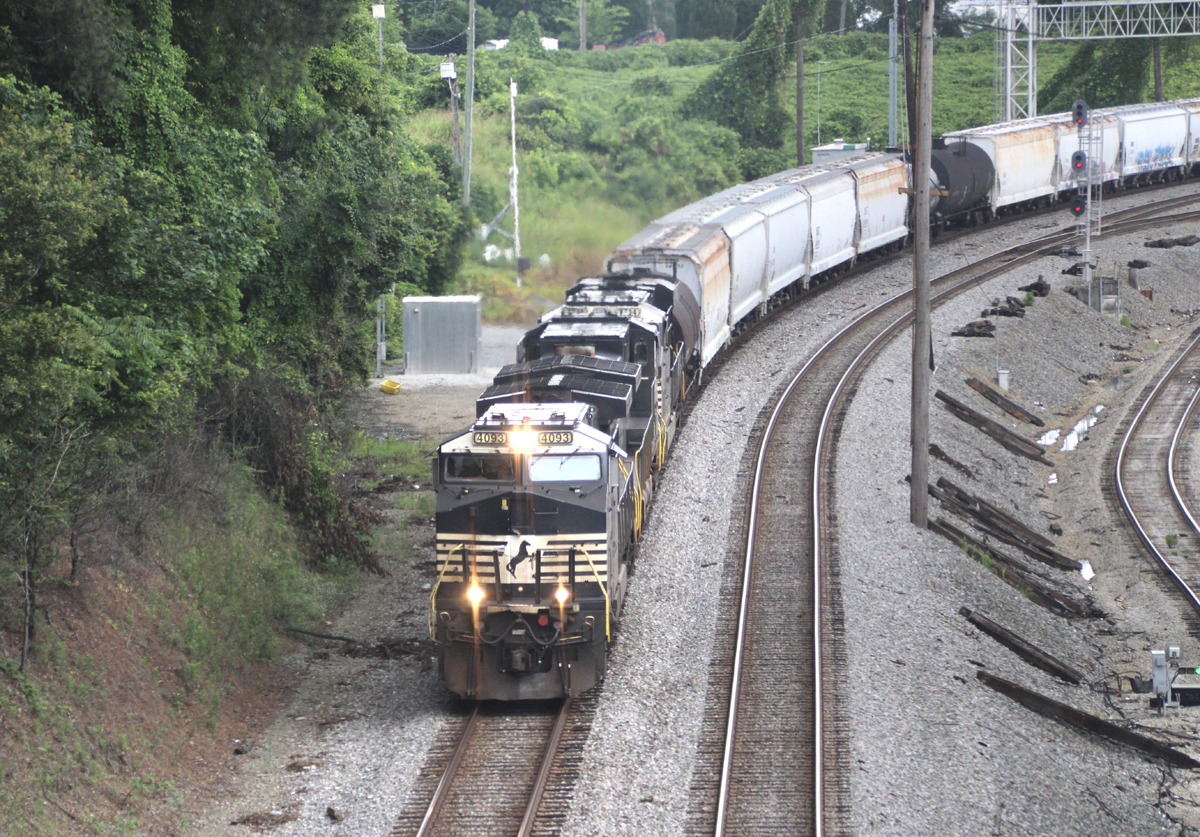
Second of two parts. Part one is available here.
ATLANTA — In his first public remarks after being named CEO in September 2024, Mark George said he didn’t like the way that railroads have historically tolerated poor operations and service performance.
George came to NS from United Technologies, the conglomerate that produced jet engines, elevators, air conditioners, and fire suppression systems. Industrial companies won’t settle for anything less than operational excellence, he noted.
And railroads, he said, need to raise the bar. But can a railroad ever match the quality of a manufacturing company?
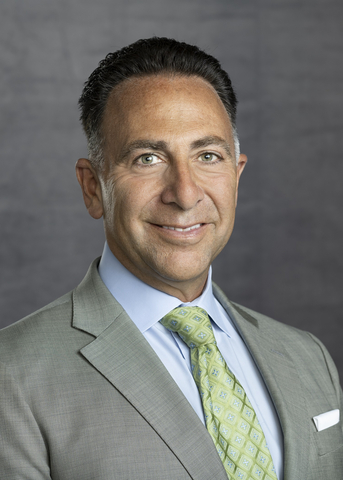
“We have to accept the reality that a railroad has different inherent challenges. It is an outdoor sport,” George told Trains in a recent interview. “It’s like trying to run a manufacturing facility without a roof over your head.”
Harsh weather inevitably affects railroad operations. And once a rail network is knocked off kilter, it takes a while to recover. “I accept those realities,” George says.
What he doesn’t accept is a failure to plan for weather-related disruptions or not drilling down to determine what causes run-of-the-mill delays that cascade into poor service.
“Quality training taught me you don’t ask ‘why’ once — you ask ‘why’ five times to get to the root cause of the problem,” George says of the kaizen process that manufacturers use to weed out defects and reduce costs.
Chief Operating Officer John Orr has put this into practice in NS “war rooms,” which bring together mechanical leaders, metallurgical engineers, carmen, operations research, and commercial and field operations personnel. Their task: Solve complex operational challenges and accelerate continuous improvement.
“We’ve got an army of 12 folks sitting in a room on the 17th floor here,” George says. They’re analyzing what’s slowing the railroad down and asking how do we speed it up?
“We just have to continue to strive for excellence and move faster in responding to problems,” George says.
The car maintenance war room has reduced bad orders by more than 40% in the past year. The wayside war room has significantly reduced unplanned train stops by targeting things like sticking brakes, handbrake problems, and dragging equipment. The locomotive war room has improved the reliability of the fleet. And a “stand up war room” tackles customer engagement issues as well as local service problems.
“The goal is to triage disruption in real time, engineer out recurring problems, and create long-term solutions that improve safety, service, and cost efficiency,” Orr says.
Changing the Commercial Focus
One of the things George did during his first day as CEO was plant the seeds for a revamp of its marketing and sales efforts. Rather than have everyone on the commercial team do a little bit of everything, marketing and sales have been split into separate functions. The sales team’s compensation structure also is being changed, with incentives for growth.
This is a longer-term effort that won’t produce overnight results, partly because it also hinges on the rollout of upgraded customer tools. “These things take time,” George says.
But the goal is clear: Serve customers better, bring in more business, and be as easy to work with as Amazon, Delta, or UPS.
That last point — being easy to work with — has been a black eye for Class I railroads, especially when compared to trucking companies.
“Ease of doing business is key,” George says, whether that means using tech tools or having someone answer the phone when a customer calls. The railroad’s war rooms are also being used as breeding grounds for customer service improvements.
Scores in internal customer surveys have risen dramatically, George says, thanks to a combination of improved operations and customer service.
“If we’re satisfied with what we’re doing today, we’ll continue doing the same thing,” Elkins says. “We’re creating a future that outcompetes the present.”
Moving Toward Merger
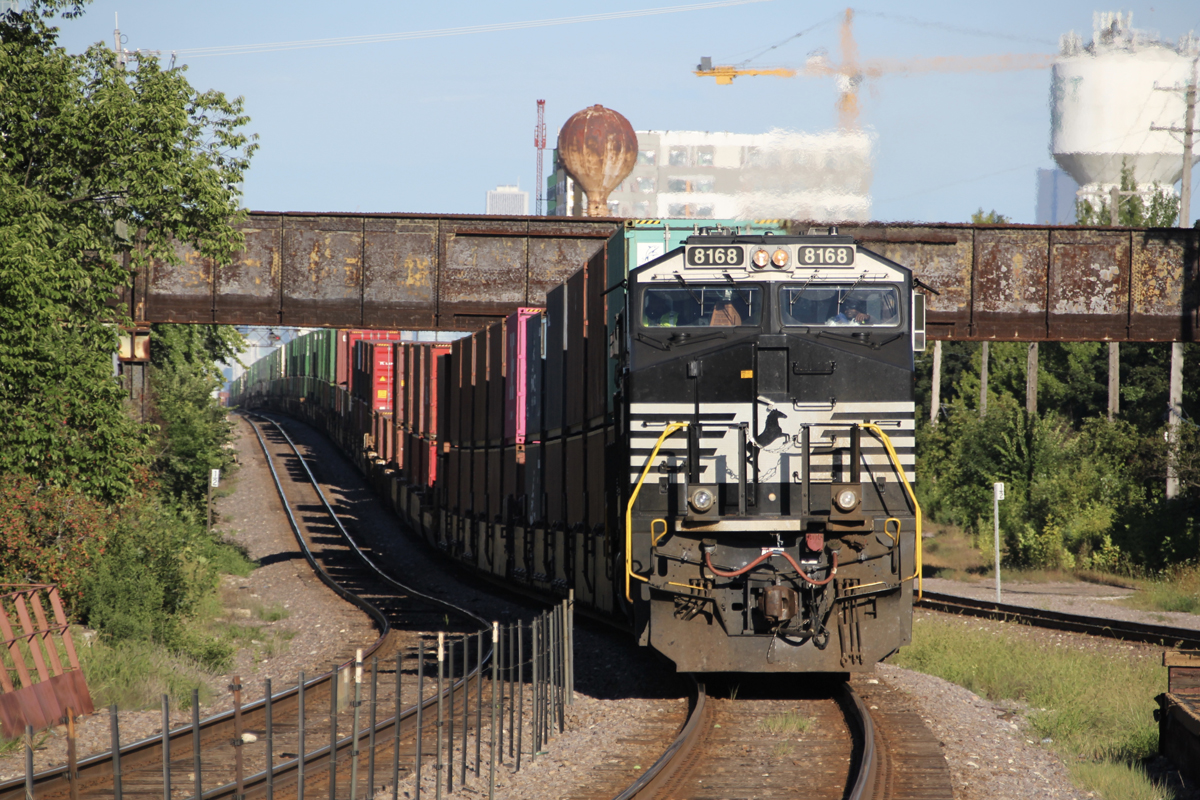
While George was publicly putting his stamp on the railroad during his first months on the job, more corporate drama was unfolding behind closed doors. Union Pacific CEO Jim Vena and George first broached the topic of a transcontinental merger during a Dec. 18 phone call, when George had been chief executive for all of 11 weeks.
Preliminary merger talks began May 15 and quickly produced an $85 billion merger agreement that was announced on July 29. Norfolk Southern had experience navigating its way through crises and distractions since East Palestine. But the blockbuster UP deal was another matter entirely. It’s been more than 25 years since NS was last involved in a merger, the 1999 split of Conrail. And this time it’s NS being acquired.
“It’s a distraction nobody’s ever had to manage before. Our employees, our managers, our leaders, our directors don’t have practice doing this,” George says. “Derailments we can learn from quickly on the fly — like we did with East Palestine. Everybody stacked hands, we came together, we responded and fixed things. I’m really proud of that.”
The merger is different, he says, because it creates uncertainty for the railroad’s management workforce. It also puts the railroad back in the spotlight — where it will remain during a regulatory review process that might stretch into 2027.
The railroads have pledged that unionized employees will have lifetime job protection, an offer not extended to NS management. Atlanta will remain an important base. But UP’s headquarters will remain in Omaha, Neb., duplicate corporate functions will be consolidated, and Vena will be chief executive.
“There’s a lot of uncertainty out there, and I have tremendous empathy for our workforce,” George says.
Despite that distraction, the railroad must maintain its focus on safety, service, and operations. “We cannot have a service breakdown. We cannot have a safety breakdown. And certainly we can’t have any of those things inflicted because we lose talent along the way. So we have to work on talent retention,” George says.
Going for Growth
In the preliminary proxy form the railroads will send to their shareholders — who must approve the UP-NS deal — NS argues that the merger is a way to break out of the long-term trend of declining volumes amid stiff competition from trucks. The railroad also says that merging provides a better opportunity for growth than what a standalone NS could achieve.
Yet UP-NS interchange traffic, which the railroads say should see faster, more reliable service post-merger, is just 6% of their combined volume. How do you grow the other 94%?
By baking a bigger pie, George says. “It’s not just growing that 6% interchange, but it’s what new markets can be served,” he says, such as the new interline intermodal service UP and NS launched this fall linking Louisville, Ky., with Kansas City.
“There are dozens of examples of watershed opportunities that just aren’t rail-served today,” he says.
The watershed is the vast swath of the nation’s midsection that lies within a couple hundred miles of the Mississippi River, the de facto dividing line between the eastern and western railroads. The combination of short hauls for one or both railroads, along with interchange complexities, has stunted rail market share in the watershed.
The merger should change that. “Suddenly you can create new markets,” George says, such as Mexico to Detroit.
“There’s a lot of opportunity here, and that’s where we see the combination of one plus one equals three,” George says. Eliminating interchange friction and offering seamless service will allow the railroad to regain freight from trucks, he says.
Steel, grain, and agricultural customers are among those who are coming around to the idea of using rail in the watershed, George says. “We’re confident there’ll be real modal conversion,” he says.
How big is the watershed opportunity?
George won’t say. “You’re not going to get anything before the application,” he says. “The teams are working furiously on that.”
The railroads hope to file their merger application with federal regulators in the early part of a window that extends from Oct. 29 to Jan. 29. It will detail their growth projections and operating plan.
If the Surface Transportation Board ultimately rejects the merger, NS will pocket a $2.5 billion breakup fee from UP. If the board imposes onerous conditions, the railroads will have to decide if a merger still makes financial sense.
If the deal doesn’t go through, NS will develop more interline service with other railroads. Partnerships aren’t a substitute for single-line service, George says, but NS will compete no matter what. “We’re confident with our standalone strategy,” George says.
George says he’s excited and optimistic about the merger, its prospects, and its role in railroad history. “We’ve got the opportunity to really transform the way freight moves in our country and complete Lincoln’s vision from 1862,” he says.
Independent analyst Anthony B. Hatch gives George high marks for his first year.
“He seemed to be a reluctant warrior, stepping into the breach,” Hatch says. “I think he is a real mensch, and it shows. For picking up the shattered pieces in the recent past, he gets an A.”
But Hatch says the final report card will depend on how the UP-NS merger fares at the Surface Transportation Board.






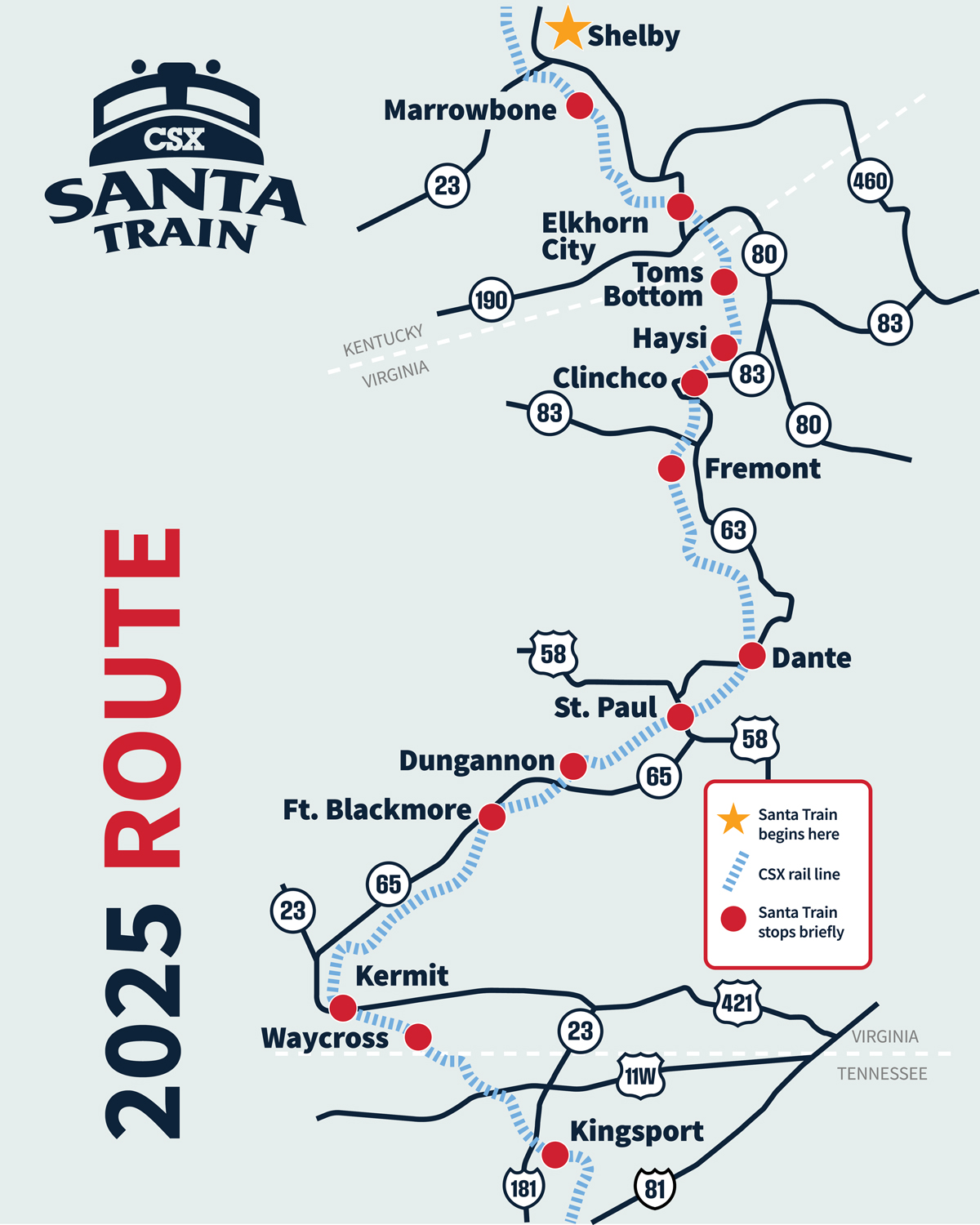
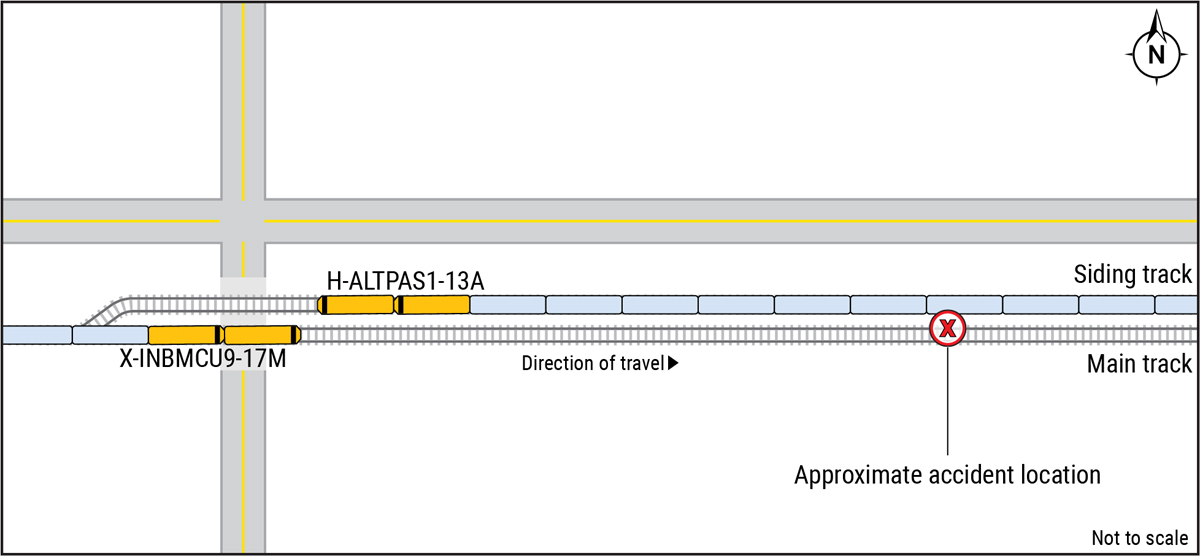
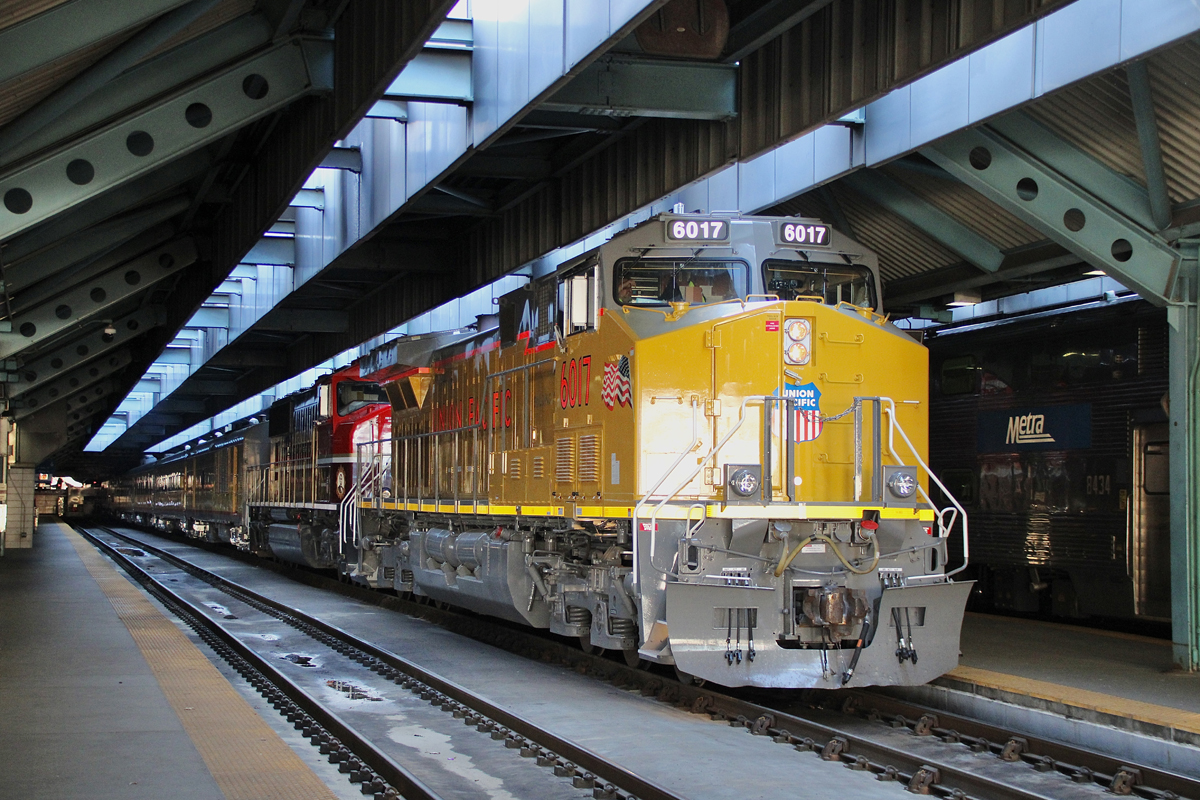
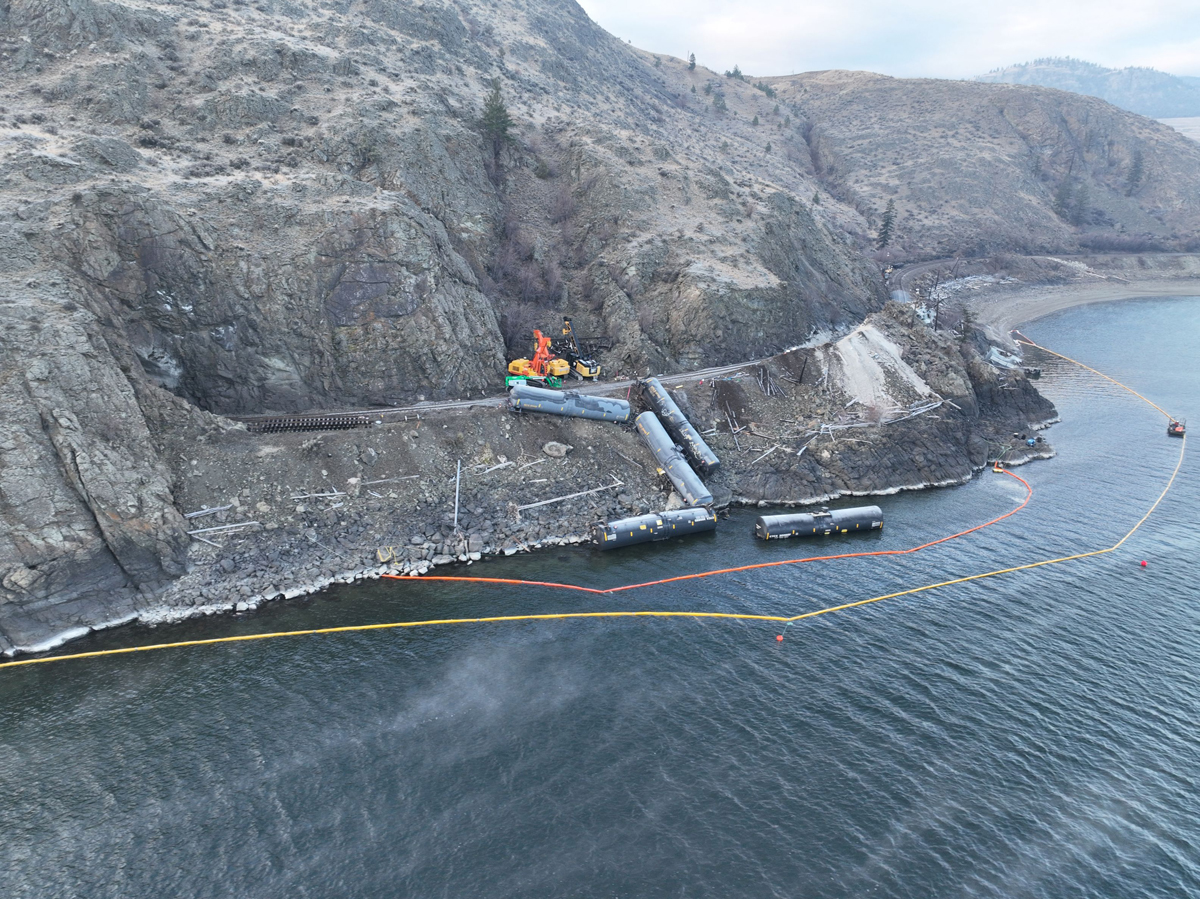
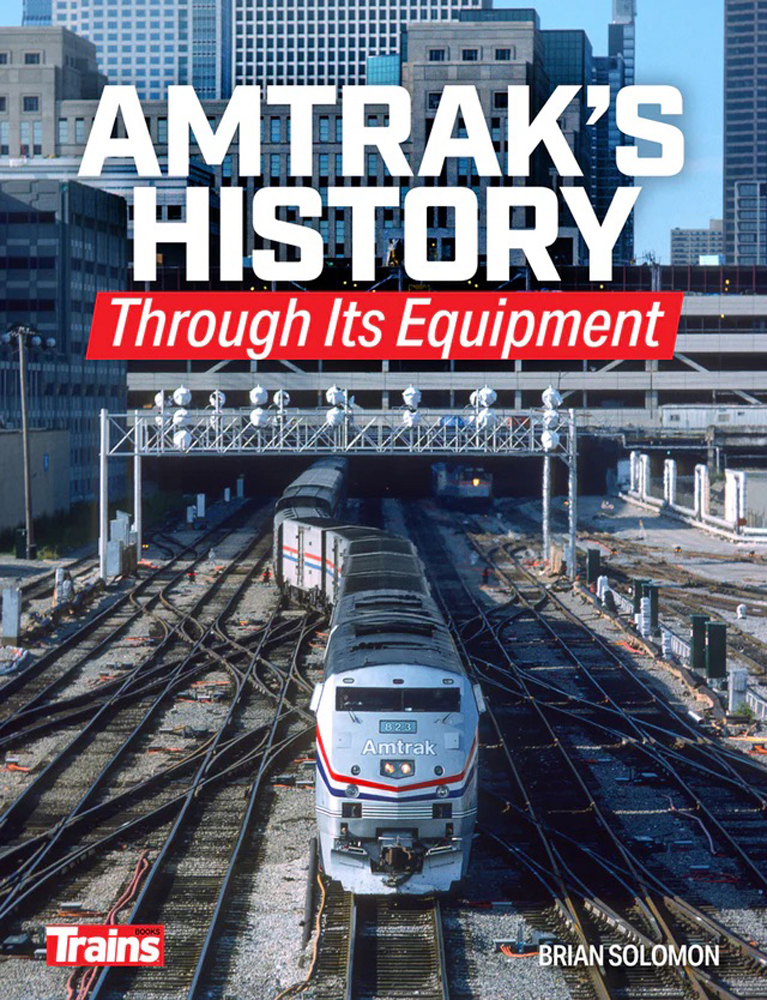
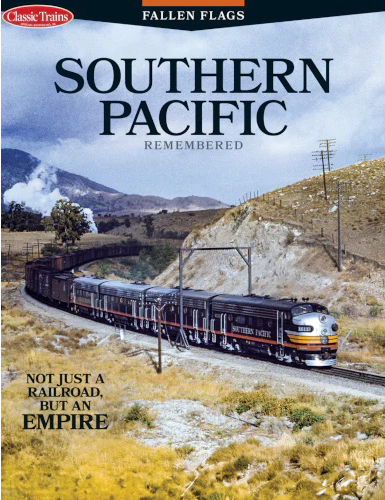
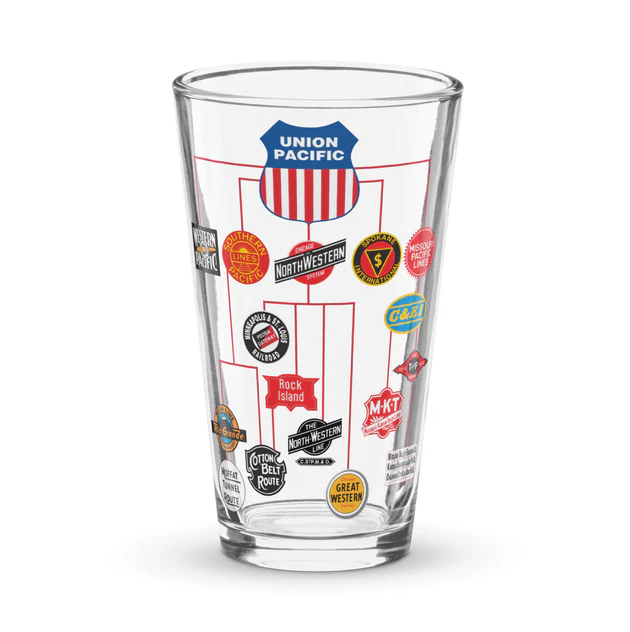
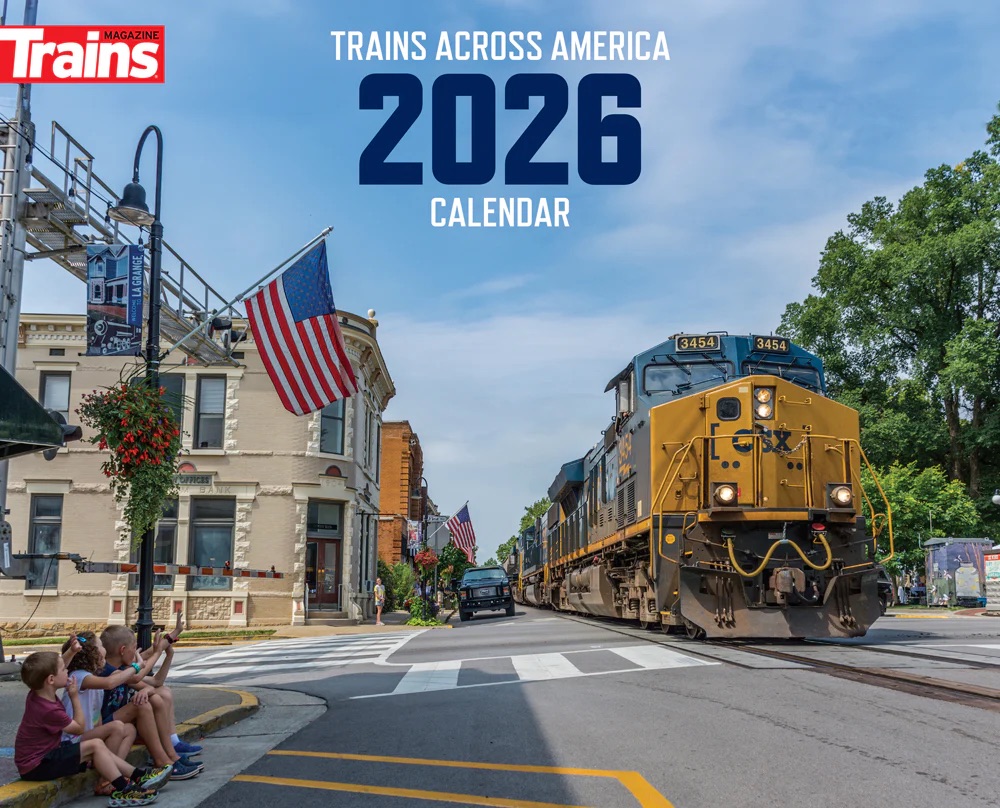
All the blogosphere talk is about intermodal. But it is Merchandise (“boxcar”) traffic — and Chemicals! — that bring home the profit.
RRs are reluctant to launch their own intermodal service, preferring to do Wholesale. They don’t want to anger their own customers. But that’s not where the profit is – it’s in Retail.
At least some RRs have Umax and EMP to supply RR-owned equipment, instead of wholesaling the entire activity to JBHunt.
Everything says this transaction will work. The only roadblock will be the STB. If you some reason it is not approved, then NO MERGER will ever be approved and UP and NS launch a intermodal agreement just like BNSF and CSX and life goes on as a pseudo-merger except that NS lives on. NS could choose to integrate the same software as UP in order to get the effects of a merger, that being a single invoice for the customer and expedited movement by elimination of “hand-off;s” that slow things down. If shippers and customers really want big reductions in ship times then this must happen. Otherwise its the status quo and everybody does the best they can and trucks continue ti steal freight that should go by train… Time will tell the tale!